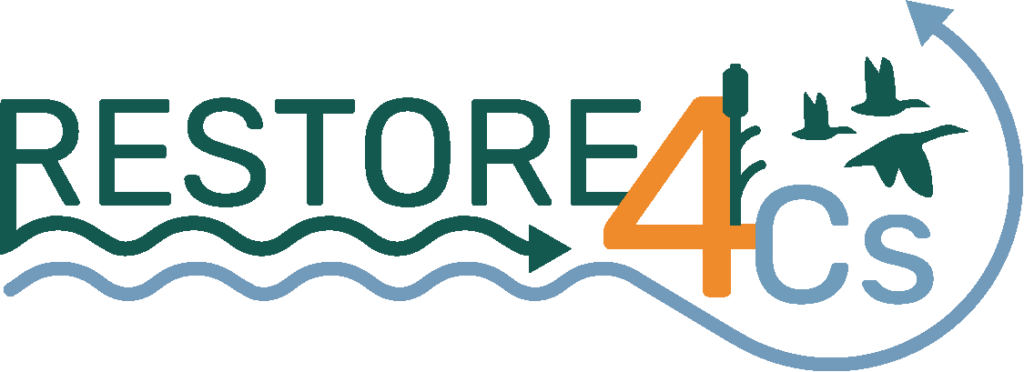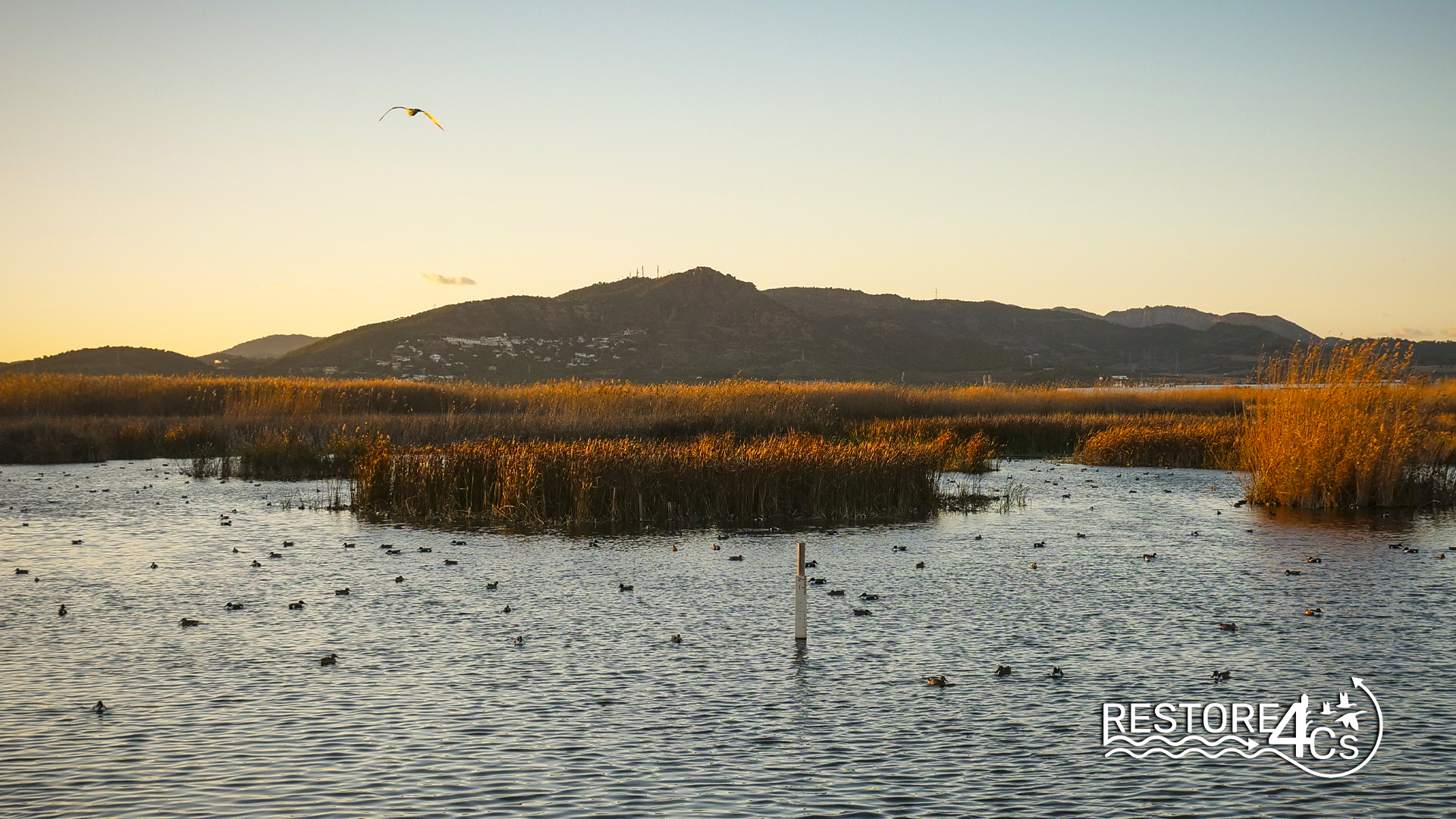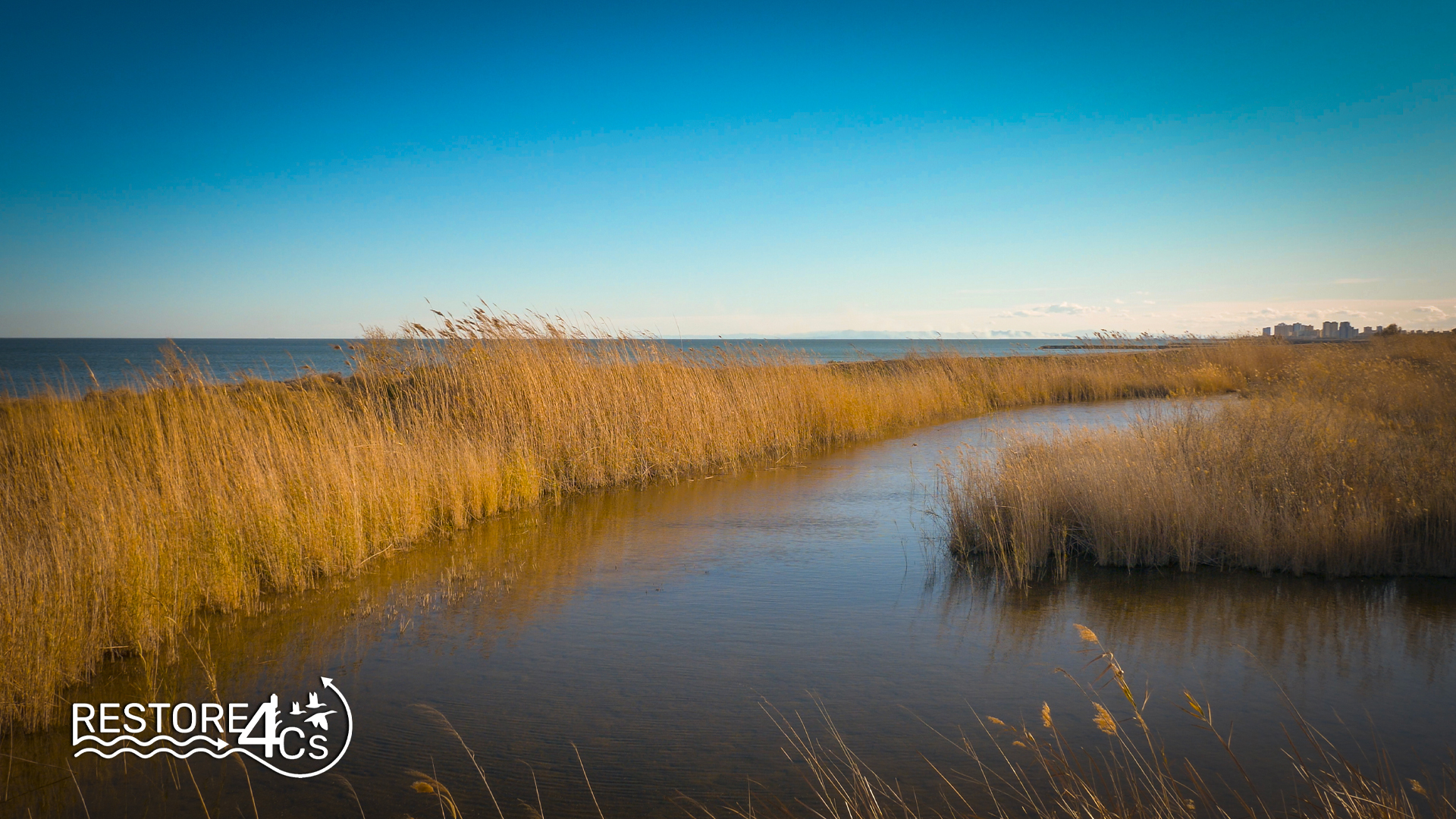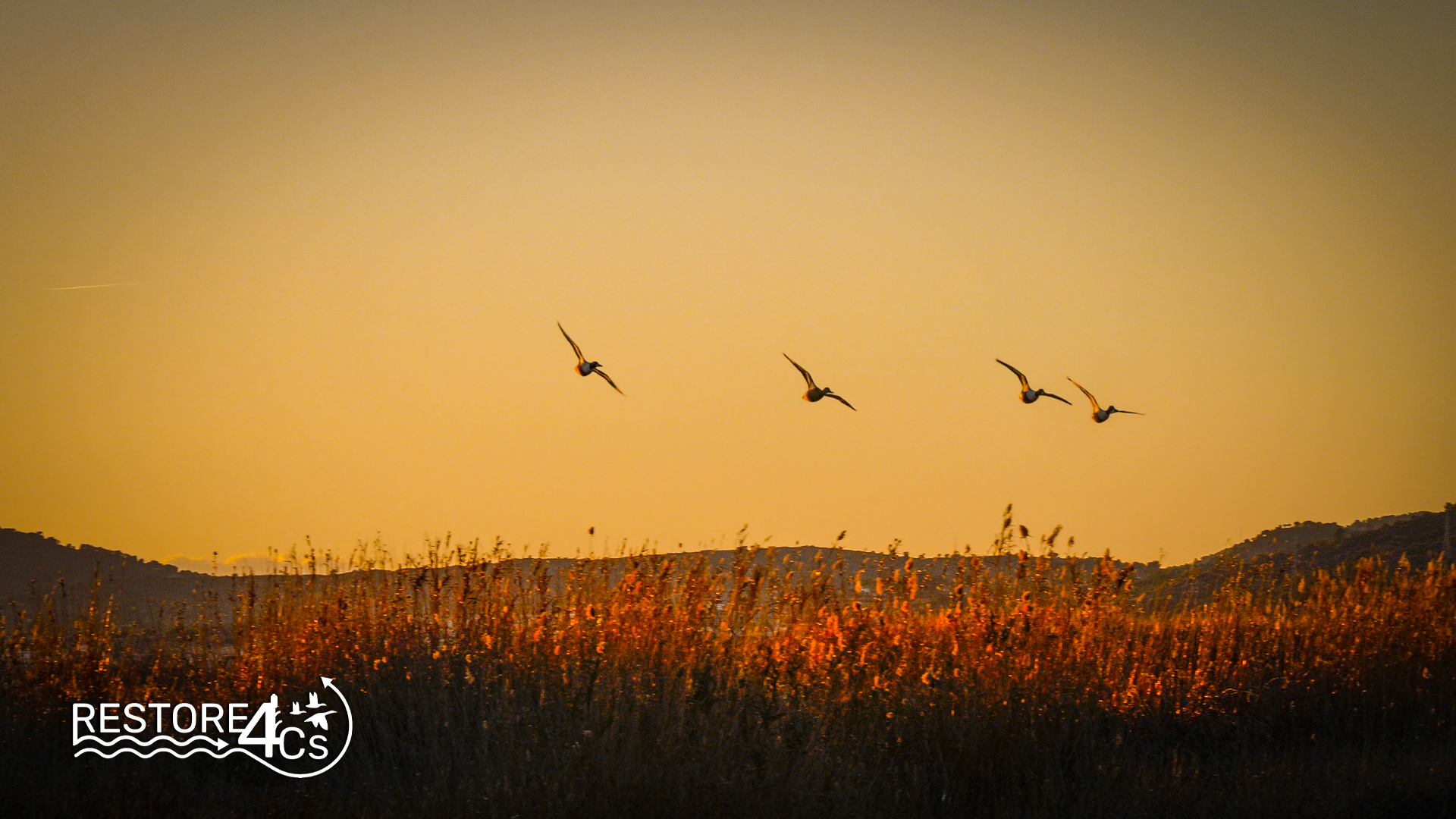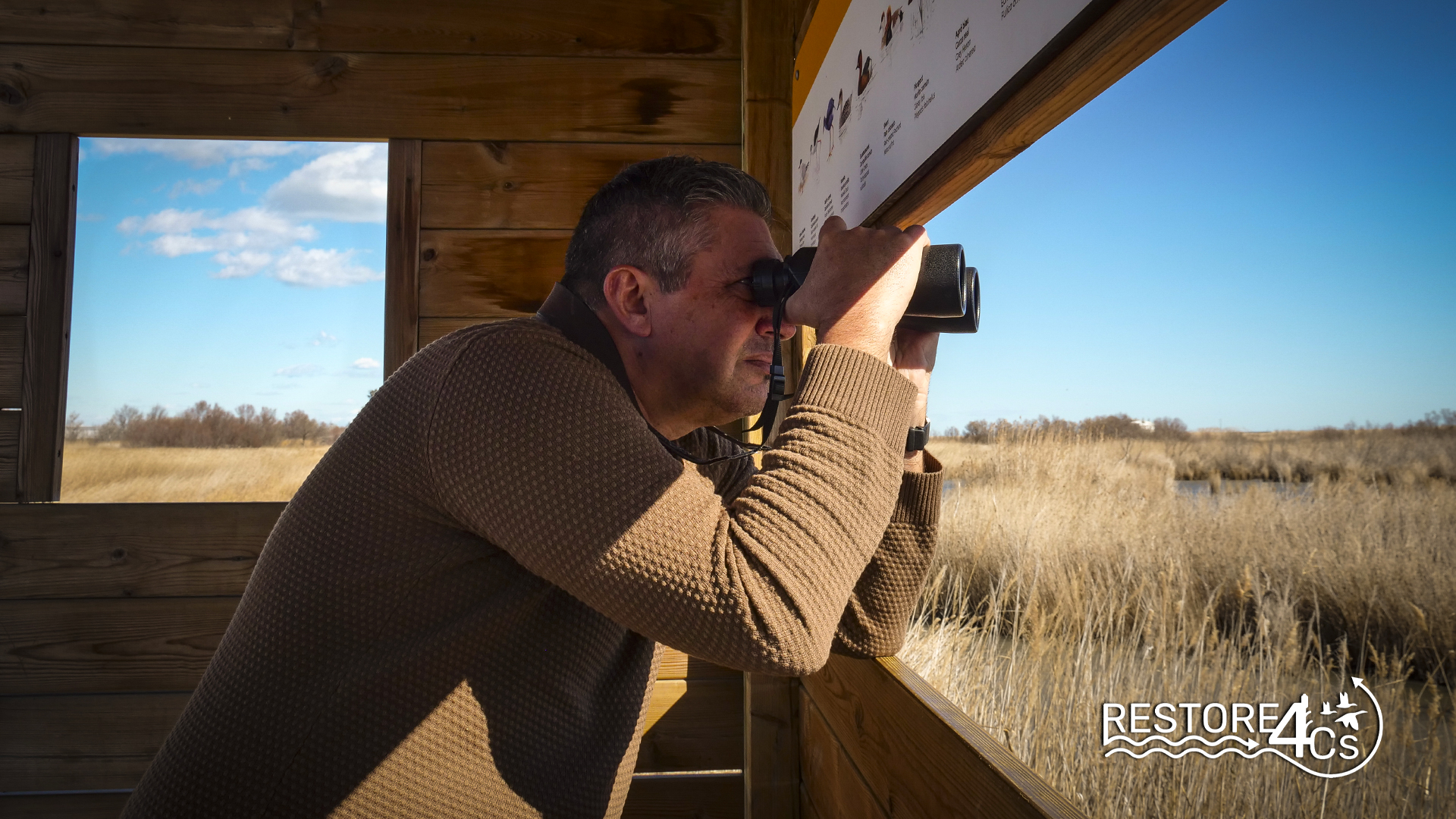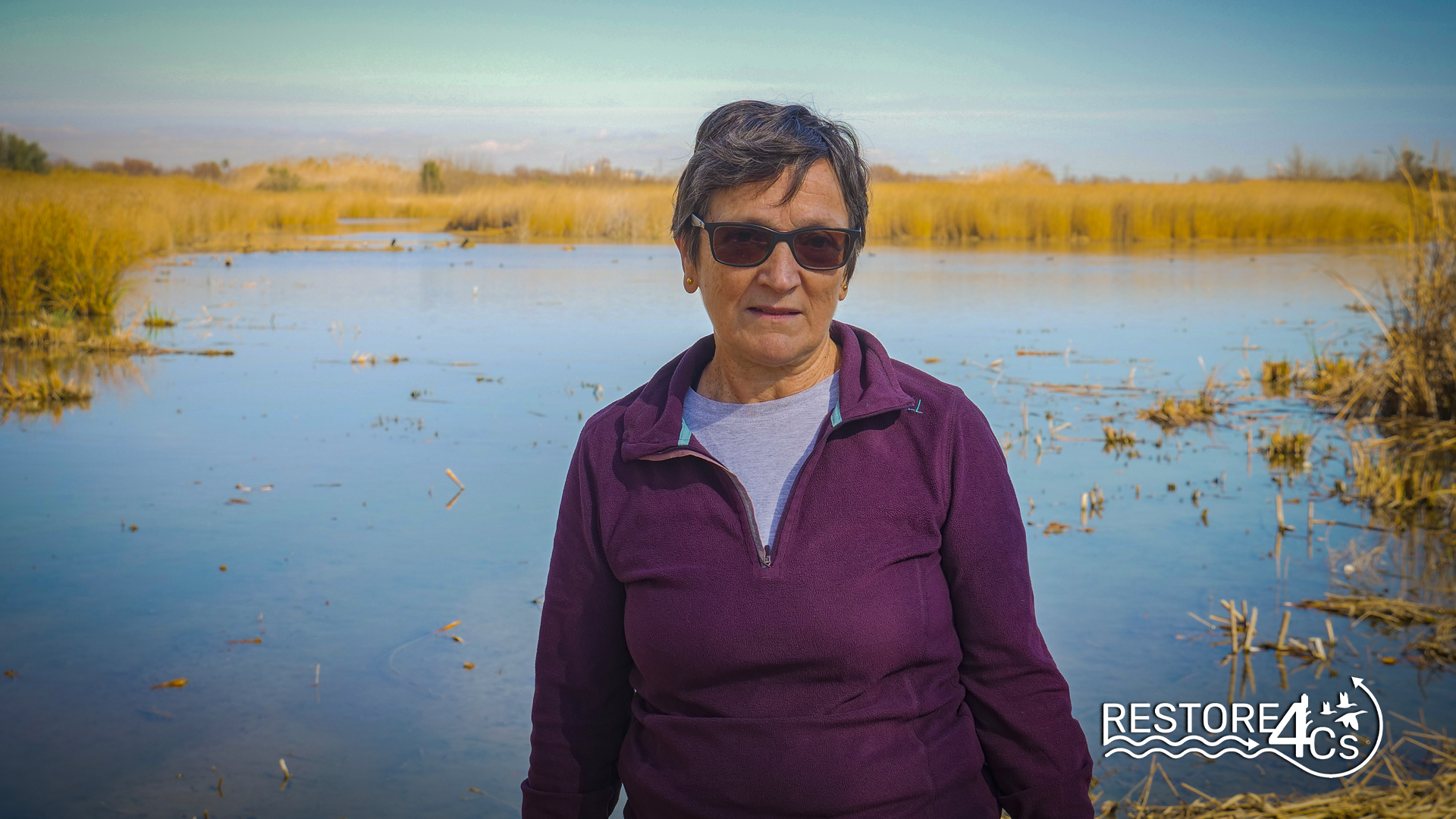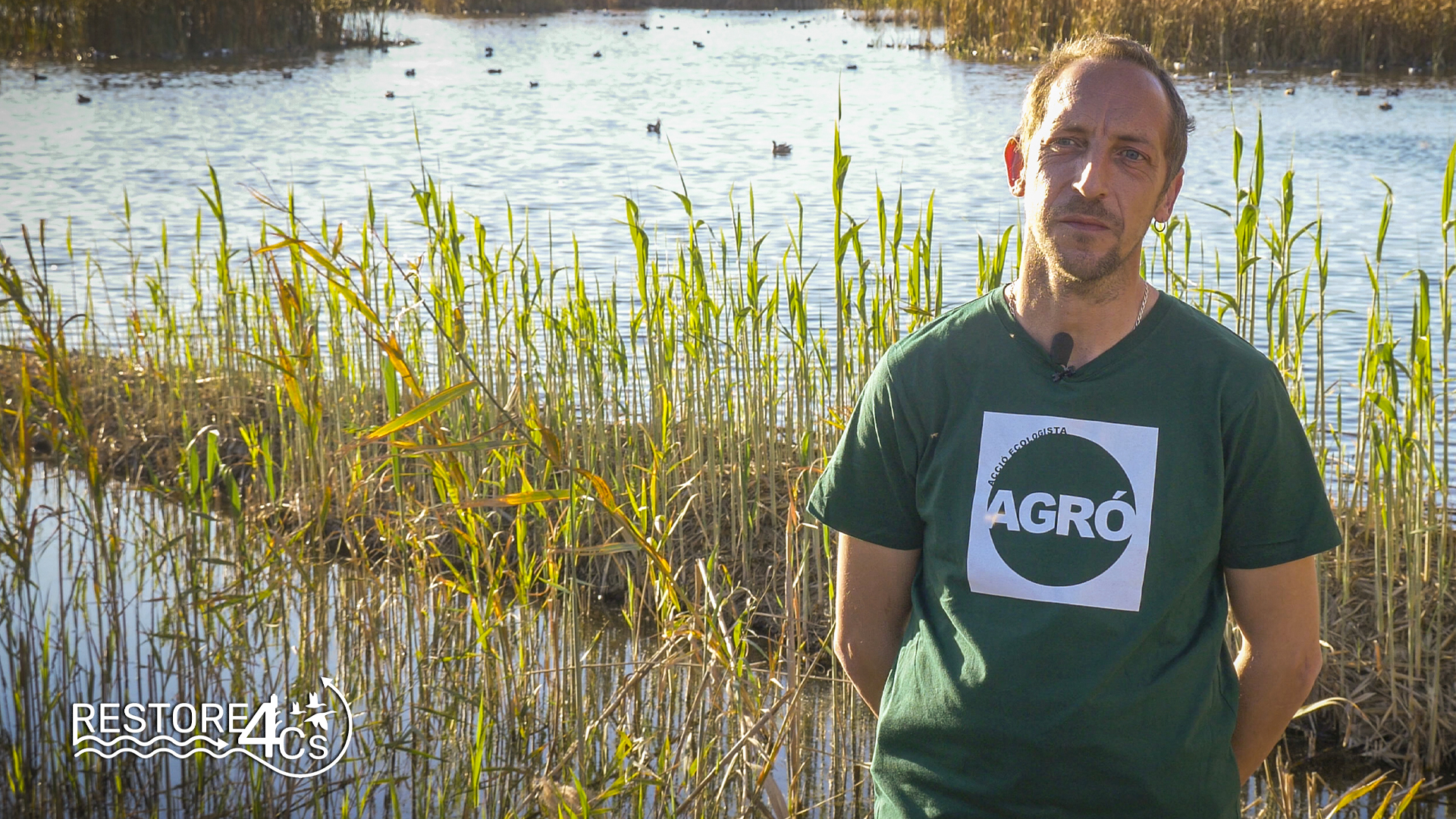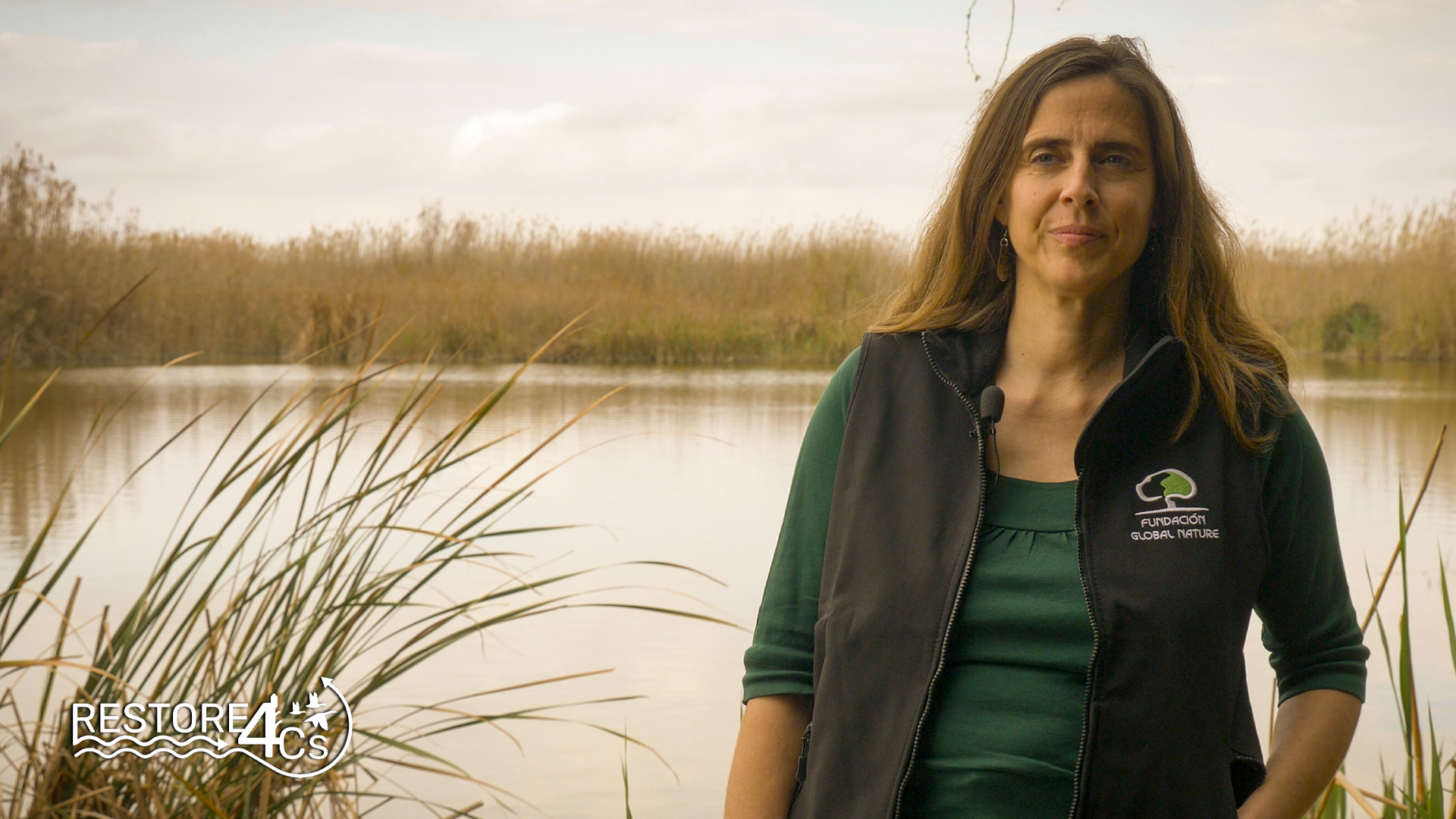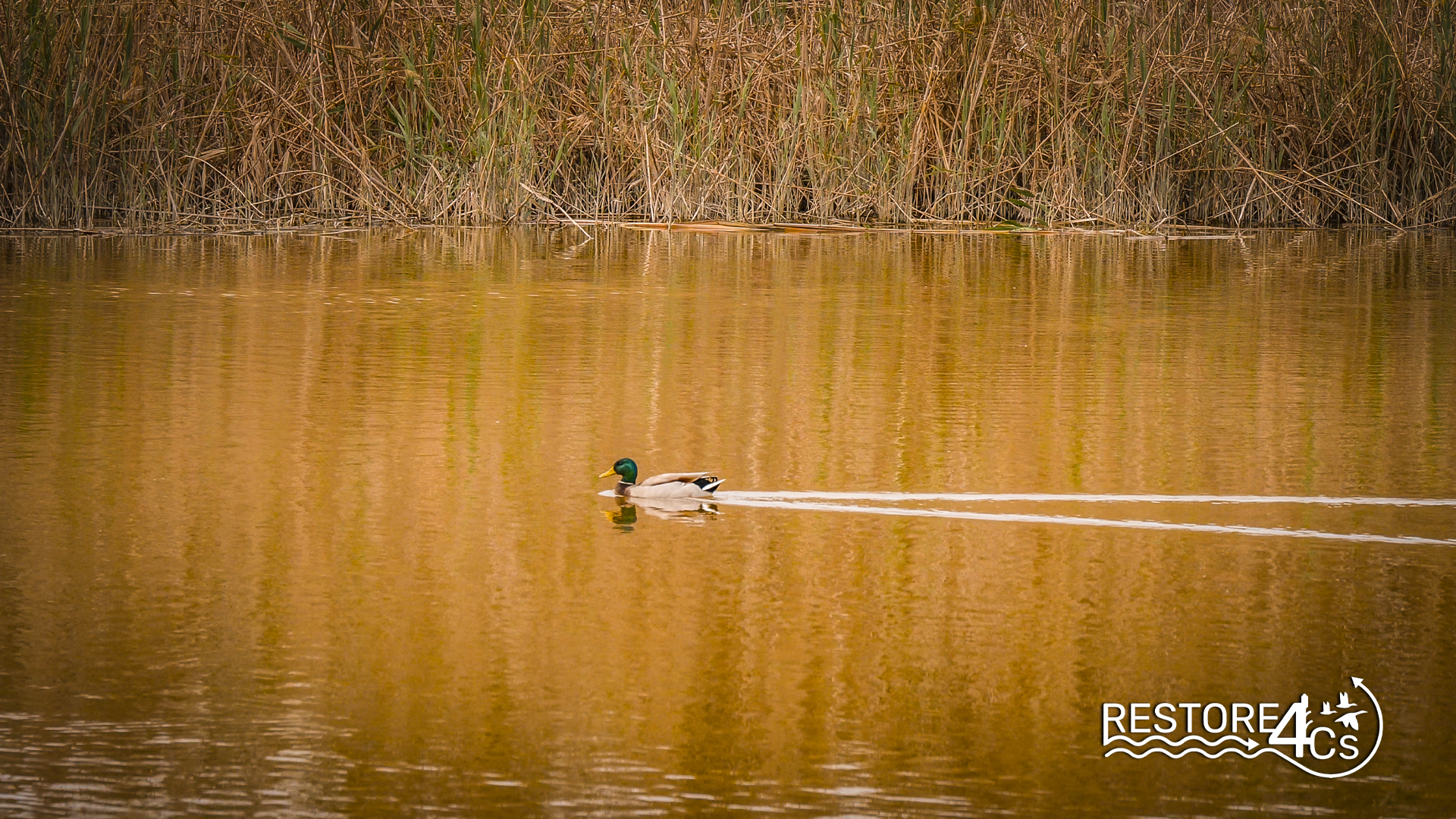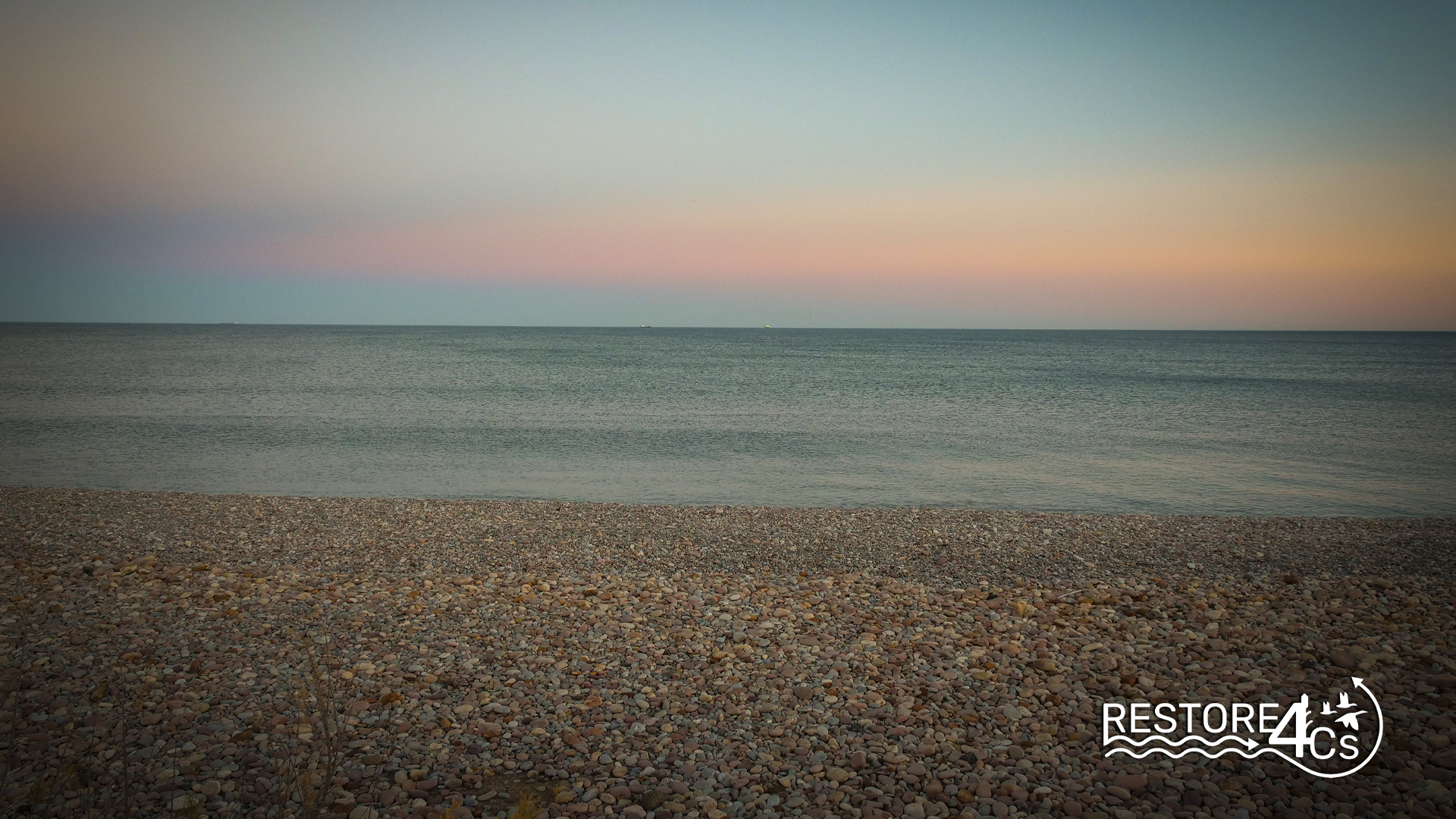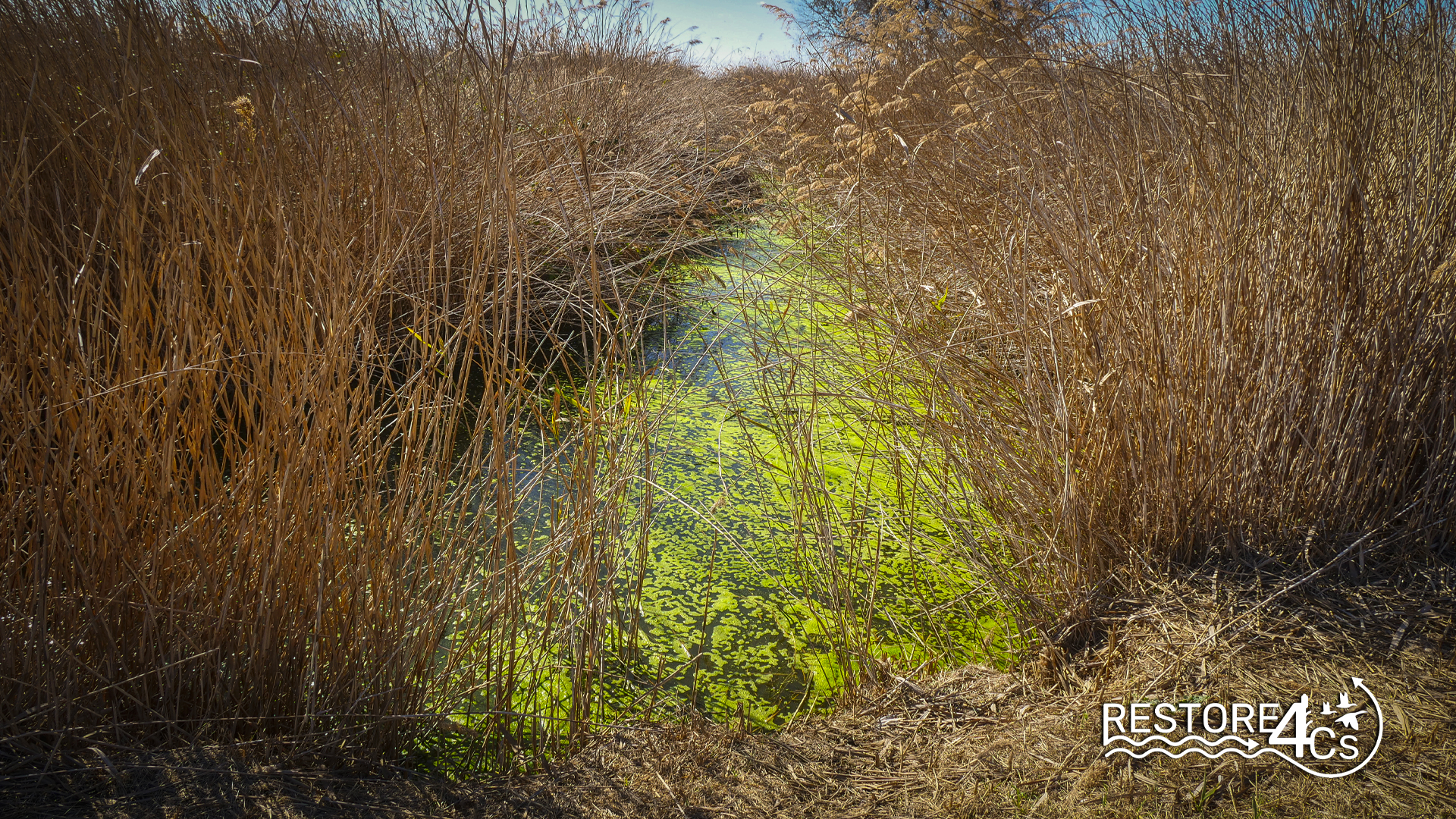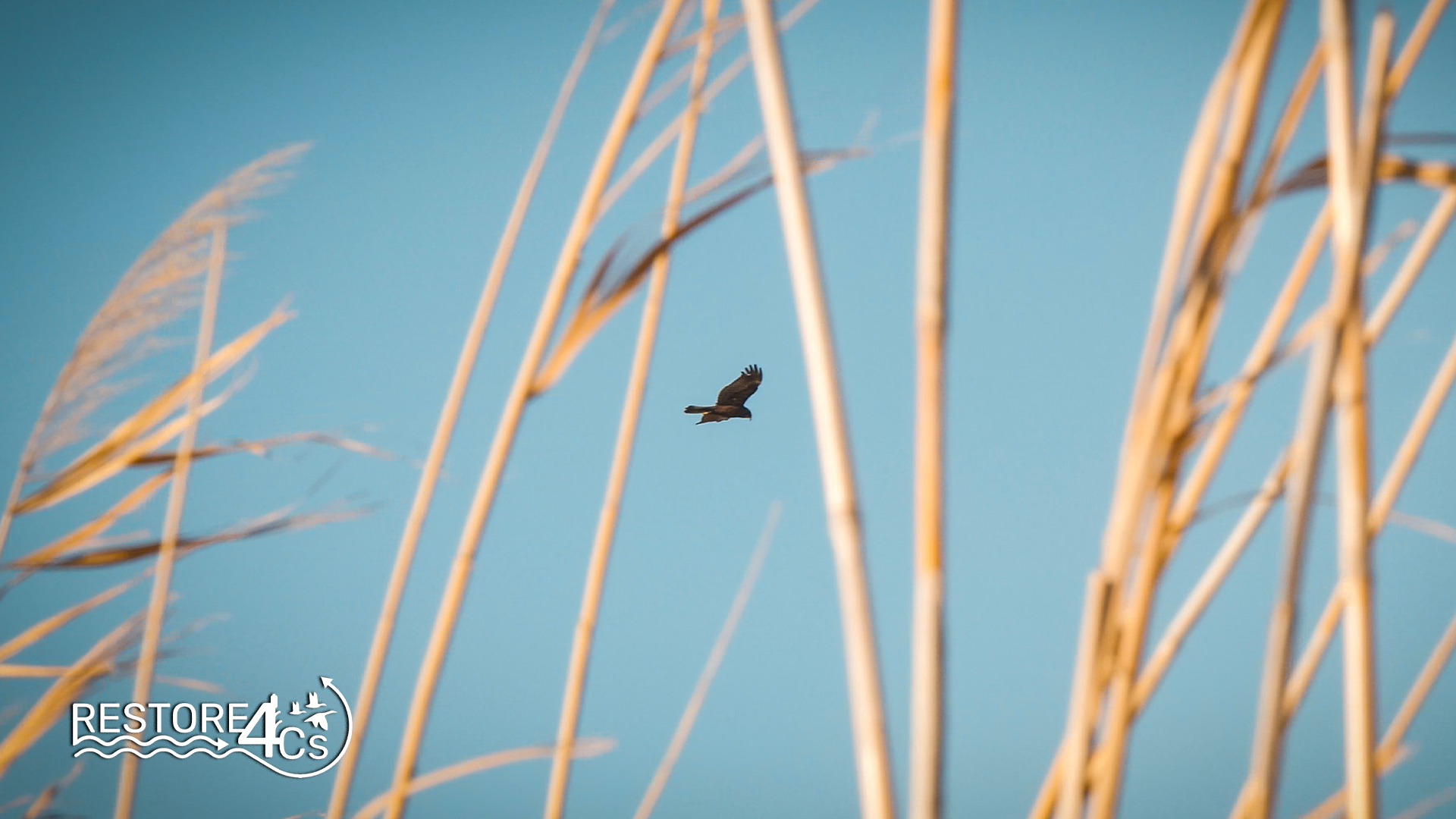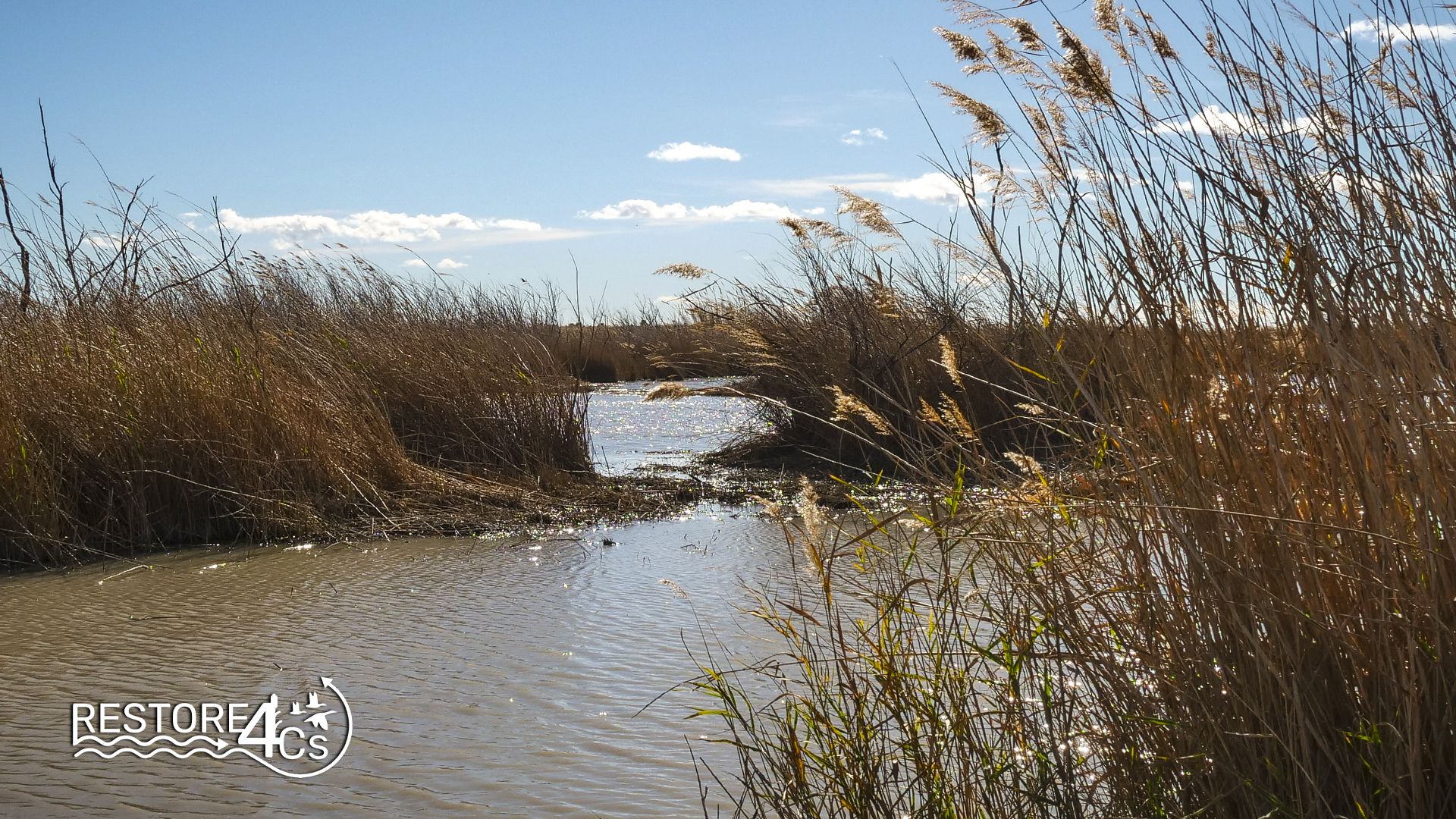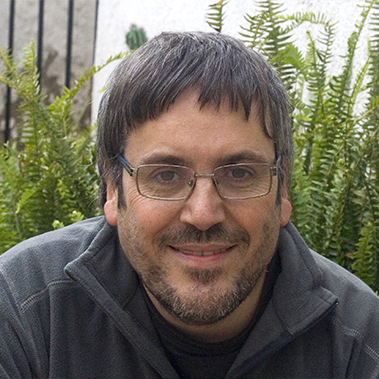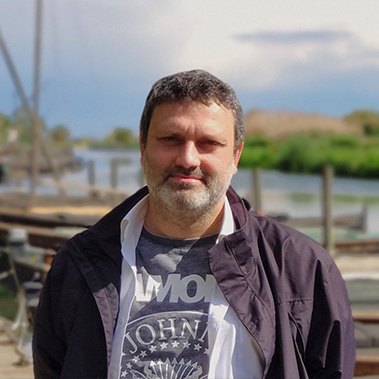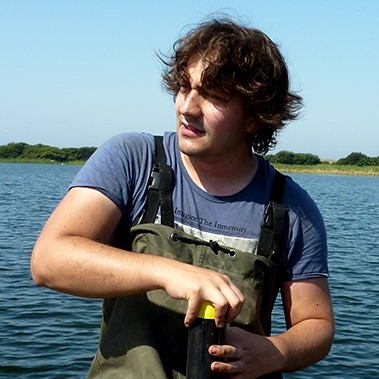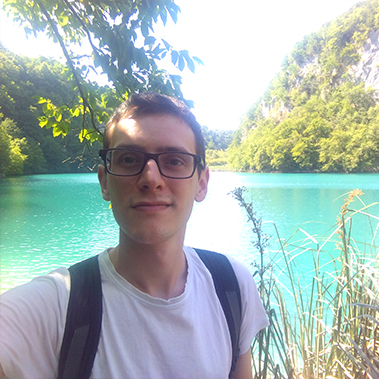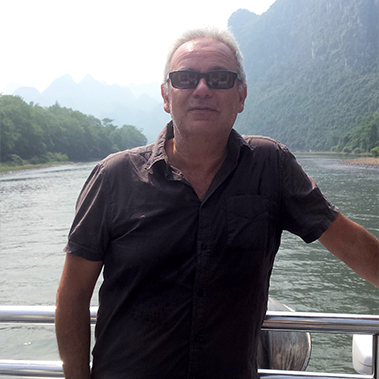
Valencian Wetlands
- Home
- Case Pilots
- Valencian Wetlands

Protection Status: Natura 2000, ZEPA: ES0000148, LIC: ES0000148
Valencian Wetlands
The Marjal dels Moros, as a prime example of a Valencian wetland, is situated within the municipal boundaries of Puçol and Sagunt (Valencia). It once formed part of a vast coastal wetland stretching from north to south across the province. Presently, it spans an area of approximately 620 hectares and is under the ownership of the Generalitat Valenciana. Roughly 70% of its surface area is dedicated to environmental conservation. In the 1990s, the Generalitat Valenciana acquired this land, which then encompassed around 800 hectares, initiating an ambitious wetland restoration project aimed at reinstating its natural characteristics.
The size of the wetland is limited but showcases remarkable biodiversity, displaying species of flora and fauna of significant ecological value, along with notable hydrological and geomorphological characteristics. Nevertheless, it is situated in a confined environment, encircled by buildings, and is subject to intense pressure from agricultural, urban, and industrial activities.
Water sources for this wetland primarily comprise rainfall, wastewater, well extraction (via pumps), and intrusions of seawater. The initial development of this wetland during the Holocene is delineated by Plio-Quaternary sedimentary deposits from the Sierra de Calderona, coupled with sedimentation from the Palancia River.
Regarding the water management at the site, the objective of the Generalitat Valenciana is to maintain appropriate flood levels even in dry years, ensuring the existence of “aquatic refuges”. To achieve this, it is necessary to ensure the good condition and functioning of the hydraulic infrastructure in the area and diversify water supply sources, including the use of irrigation surpluses along with the utilization of groundwater resources. The importance of regulating water levels in wetlands is specifically recognized in the Priority Action Framework (PAF) for the Natura 2000 Network.
Historical research attests to the presence and activities of Roman and Muslim communities in the region between the 1st and 13th centuries. These activities included the construction of an irrigation network, which, though altered over time, still bears witness to human influence in the area.
During the High Middle Ages, there was a notable upsurge in population growth and agricultural expansion, particularly in rice cultivation. However, between the 14th and 17th centuries, these activities decreased due to governmental health regulations discouraging rice farming. Subsequently, towards the late 20th century, agricultural activity experienced a resurgence. In the pre-industrial era, salt extraction and hunting were commonplace practices. In recent decades, the wetland has confronted significant challenges such as pollution from industries, wastewater, overexploitation of aquifers, and the introduction of non-native species.
Until 2000, the area was utilized by farmers and for hunting activities, which were subsequently prohibited. Following the area’s renaturalization, four Flora Microreserves were established: Marjal dels Moros B (1999), Marjal dels Moros A, Camino Rampete, and Llacuna del Fartet, approved in 2003. Additionally, two Fauna Microreserves were established: els Cucs (2004) and Balsa Rampete (2006).
The activities allowed in certain areas of this protected space are livestock farming and ecological agriculture on fields owned by the Generalitat Valenciana. In 1999, the Environmental Education Center of the Valencian Community (CEACV) was inaugurated in the marshland, following the restoration of l’Alquería dels Frares and the installation of an exhibition. In 2002, the wetland was included in the Catalog of Wetland Areas of the Valencian Community, resulting in its designation as Non-Urbanizable Special Protection Land.
Achievements
- Lorem ipsum dolor sit amet, consectetur adipiscing elit.
- Lorem ipsum dolor sit amet, consectetur adipiscing elit.
- Lorem ipsum dolor sit amet, consectetur adipiscing elit.
WHY THIS CASE PILOT MATTERS
The research carried out at this Case Pilot
The Marjal dels Moros in Spain was chosen by the University of Valencia for sampling in the Mediterranean wetlands. Unlike the other pilot sites that focused on freshwater marshes, this Case Pilot specifically targeted brackish marshes, which were not available in the other locations. These brackish marshes, located in the Valencia region, had undergone changes in hydrology, trophic levels, and morphology, and the restoration efforts were aimed at soil, morphology, and vegetation recovery.
Presently, it forms part of the Natura 2000 Network and has been designated as a Special Protection Area (SPA) since 1996. This designation is mainly due to the presence of endangered endemic fish species such as Aphanius iberus and Valencia hispanica, as well as crustaceans like Palaemonetes zariquieyi, alongside a rich avifauna diversity. Moreover, it has been designated as a Site of Community Importance.
This wetland shows various natural habitats of community interest listed in Annex I of Directive 92/43/EEC, including Mediterranean salt meadows (Juncetalia maritimi) (1410), Mediterranean and thermo-Atlantic halophilic scrublands (Sarcocornetea fructicosae) (1420), and Mediterranean salt steppes (Limonietalia) (1510).
Marjal dels Moros is home to the brackish marshes selected for the project, which are situated in the Valencia region.
Brackish marshes were chosen for this Case Pilot because they are not available in the other Case Pilots, which had more restricted options such as freshwater marshes.
Marjal dels Moros is part of the Natura 2000 Network and has been designated as a Special Protection Area (SPA) since 1996.
These sites were altered due to hydrological, trophic or morphological factors.
The restoration of these sites was connected to actions aimed at soil, morphology, and vegetation recovery.
KEY SCIENTIFIC PAPERS
25/03/2024
Lorem ipsum dolor sit amet, consectetur adipiscing elit, sed do eiusmod tempor incididunt ut labore et dolore magna aliqua
Authors: XXX, YYY, ZZZ
25/03/2024
Lorem ipsum dolor sit amet, consectetur adipiscing elit, sed do eiusmod tempor incididunt ut labore et dolore magna aliqua
Authors: XXX, YYY, ZZZ
25/03/2024
Lorem ipsum dolor sit amet, consectetur adipiscing elit, sed do eiusmod tempor incididunt ut labore et dolore magna aliqua
Authors: XXX, YYY, ZZZ
25/03/2024
Lorem ipsum dolor sit amet, consectetur adipiscing elit, sed do eiusmod tempor incididunt ut labore et dolore magna aliqua
Authors: XXX, YYY, ZZZ
Local STAKEHOLDERS
Timeline
02/10/2023 – 06/10/2023
1st Sampling Campaign
20/05/2024 – 24/05/2024
3rd Sampling Campaign
04/03/2024 – 08/03/2024
2nd Sampling Campaign
29/07/2024 – 02/08/2024
4th Sampling Campaign
